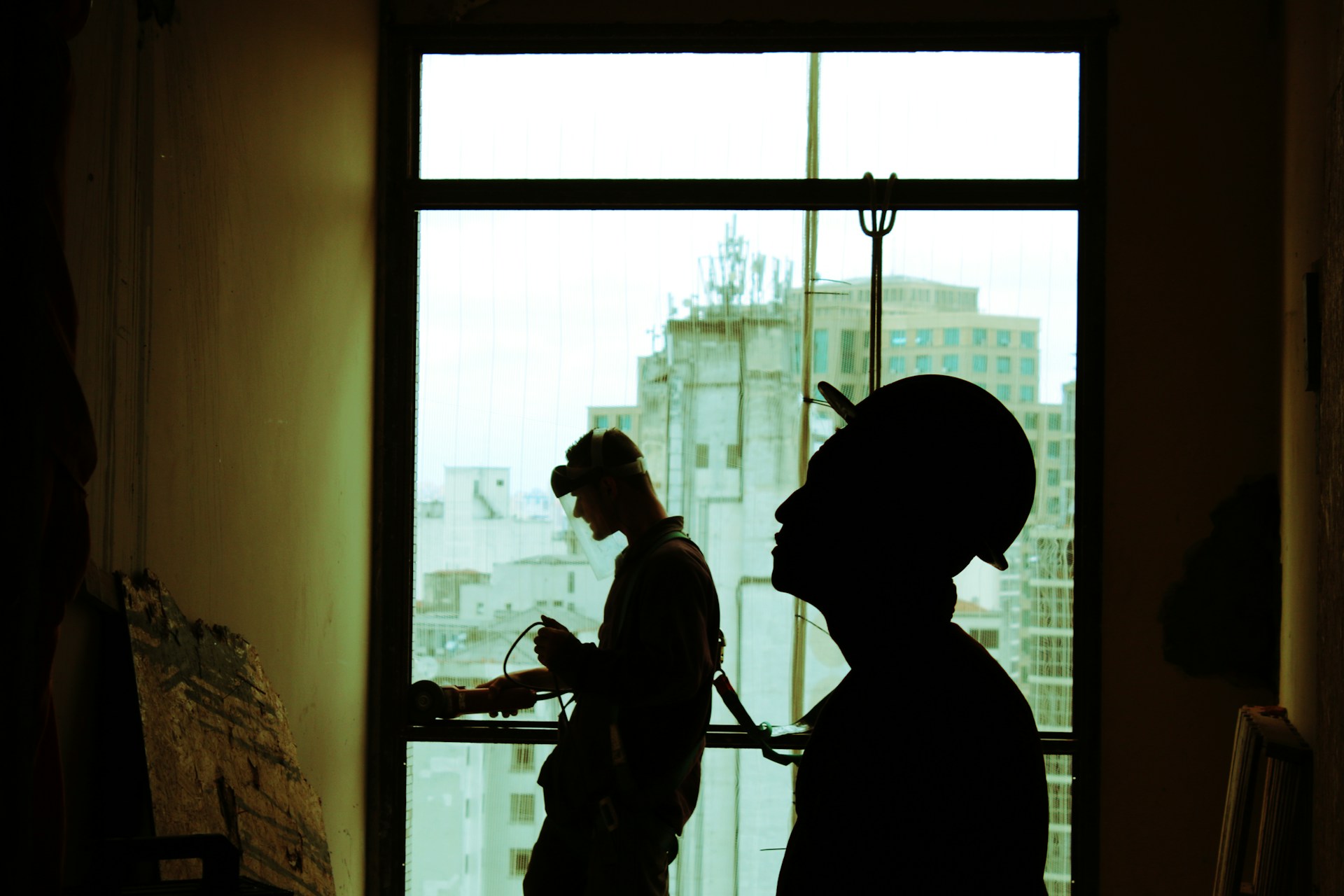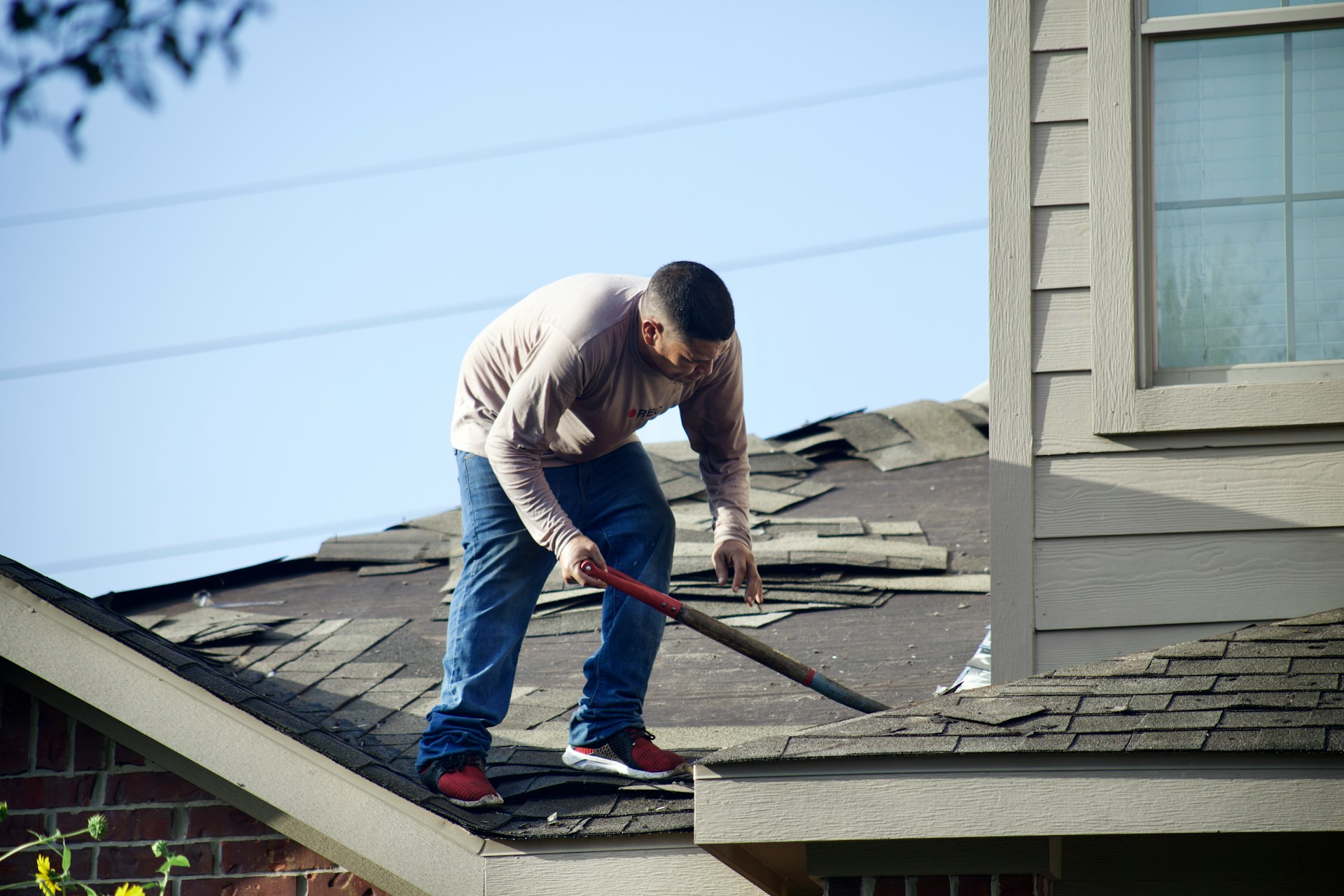How to Identify Common Issues When Inspecting Your Property

Inspecting your property regularly is one of the best ways to prevent minor issues from becoming costly repairs. Whether you're a homeowner or landlord, knowing what to look for can help preserve your investment and ensure the safety of everyone living there. Small damages and early signs of wear can quickly escalate, which is why routine inspections are essential for responsible property management.
Cracks in Walls and Foundations
One of the first things to look for during a property inspection is any visible cracking in the walls or foundation. These cracks may indicate structural issues, especially if they appear suddenly or widen over time. Small hairline cracks are usually harmless, but horizontal or stair-step cracks can signal serious problems. It's also important to check for doors or windows that stick, as this may point to foundational shifts. The sooner you address these symptoms, the less likely you are to face extensive damage.
Large cracks in basement walls can be a red flag for water infiltration or soil pressure problems. If you're unsure whether a crack is cosmetic or serious, monitor it over a few months and note any changes. Use a ruler to track its length and width, or take dated photographs to compare later. Foundation problems can impact the entire structure, so it's worth investing in a professional assessment.
Signs of Water Damage
Water damage is a silent destroyer, often going unnoticed until it's too late. Look for discoloration on ceilings and walls, which may appear as brown or yellow stains. Peeling paint or bubbling drywall also suggests moisture behind the surfaces. In Tampa, where heavy rainfall is common, it's wise to have your home checked regularly. Consider hiring professionals to inspect your Tampa property to ensure water intrusion hasn't compromised your structure. Mold and mildew thrive in damp conditions, posing health risks and worsening property deterioration.
Be sure to check less visible areas such as behind appliances, under sinks, or inside closets. Musty smells are also telltale signs of hidden leaks. Even small drips can foster mold colonies and damage insulation over time. Pay special attention to the attic, where roof leaks can go undetected.
Roof and Gutter Problems
The roof is your property's first line of defense against the elements. Damaged shingles, loose flashing, or sagging gutters can lead to leaks and water accumulation. Regular inspections, especially after major storms, are essential to maintaining roof integrity. In Florida's climate, the sun's intensity can degrade roofing materials faster than in other regions. Check for granule buildup in gutters, which may indicate shingle deterioration. Don't ignore even minor issues—roof repairs are far less costly than full replacements.
You should also assess whether your gutters are directing water away from the foundation. Pooling water near the base of your property can accelerate erosion and lead to structural damage. Look for rust or separation in metal gutters, and ensure that joints and downspouts are sealed tightly.
Electrical System Red Flags
Outdated or faulty electrical systems are both dangerous and non-compliant with current building codes. During an inspection, pay attention to flickering lights, frequent circuit breaker trips, or outlets that feel warm to the touch. These are signs of wiring issues that could lead to fire hazards. Ensure your property's electrical panel is labeled correctly and is not overloaded. If you're unsure, consult a licensed electrician to conduct a comprehensive evaluation. Electrical problems are not always visible, which is why preventative checks matter.
Be especially wary of two-prong outlets or aluminum wiring, which are outdated and potentially hazardous. Open a few outlet covers to verify that wires are properly grounded and insulated. Look for exposed wires in attics or basements, and never ignore a burning smell near outlets or switches. Smoke detectors and carbon monoxide alarms should also be checked and replaced every ten years.
Pest Infestations and Entry Points
Unwanted pests can cause structural damage and pose health risks. Look for droppings, gnawed materials, or nests in attic spaces and basements. Termites, rodents, and cockroaches are common offenders and can go undetected until an infestation is advanced. Check for gaps in doors, torn window screens, and unsealed utility lines, all of which can serve as entry points. A pest-free property isn't just cleaner; it's safer and more structurally sound.
Beyond visible signs, listen for scratching or movement sounds in walls or ceilings at night. Rats and mice are nocturnal and tend to nest near food or warmth. Use a flashlight to inspect hidden areas like crawlspaces or behind stored items. Look for signs of wood dust or hollow-sounding walls, which might indicate termites. Consider setting out non-toxic traps to gauge activity levels. If evidence of pests is found, contact a pest control specialist immediately to avoid further damage.
Plumbing Leaks and Pressure Issues
Even minor plumbing issues can escalate quickly if not caught early. Check under sinks for moisture, rusted pipes, or water stains. Low water pressure can signal a hidden leak or sediment buildup in the pipes. Listen for unusual sounds like banging or gurgling when turning on faucets. Older properties may have aging plumbing systems that require periodic review.
Toilet bases should be dry and stable—rocking or dampness suggests a faulty wax ring seal. Water meters can be helpful for leak detection; if the meter moves despite no active usage, a hidden leak may be present. Also, test your water heater for performance, sediment buildup, and potential corrosion. Clean and drain it once a year to improve efficiency and extend its lifespan. Staying vigilant with your plumbing can prevent thousands of dollars in unexpected repairs.

Regular property inspections are not just about catching problems—they're about peace of mind. By keeping a close eye on structural, electrical, and environmental elements, you can protect your property's value and keep its occupants safe. Preventive action today can save thousands in repairs tomorrow.
Published 8/4/25